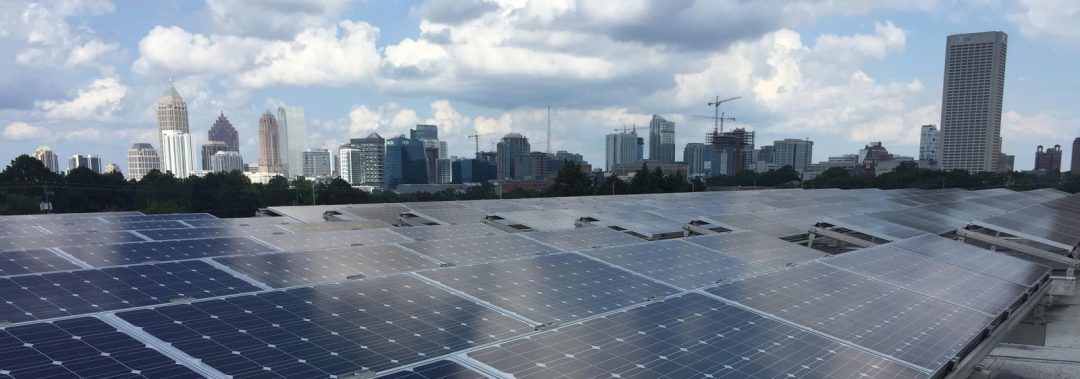A team of semiconductor researchers based in France has used a boron nitride separation layer to grow indium gallium nitride (InGaN) solar cells that were then lifted off their original sapphire substrate and placed onto a glass substrate.
“By putting these structures together with photovoltaic cells made of silicon, we can cover the visible spectrum with the silicon and utilize the blue and UV light with indium gallium nitride to gather light more efficiently,” said Abdallah Ougazzaden, director of Georgia Tech Lorraine in Metz, France and a professor in Georgia Tech’s School of Electrical and Computer Engineering. “The boron nitride layer doesn’t impact the quality of the indium gallium nitride grown on it, and we were able to lift off the InGaN solar cells without cracking them.”
The technique could lead to production of solar cells with improved efficiency and lower cost for a broad range of terrestrial and space applications. “Using this technique, we can process InGaN solar cells and put a dielectric layer on the bottom that will collect only the short wavelengths,” Ougazzaden explained. “The longer wavelengths can pass through it into the bottom cell. By using this approach we can optimize each surface separately.” Such hybrid structures could theoretically boost solar cell efficiency as high as 30% for an InGaN/Si tandem device.
The InGaN attaches to the boron nitride with weak van der Waals forces, allowing the solar cells to be grown across the wafer and removed without damage. So far, the cells have been removed from the sapphire manually, but Ougazzaden believes the transfer process could be automated to drive down the cost of the hybrid cells. “We can certainly do this on a large scale,” he said. “We are just at the beginning of this new technology application, but it is very exciting.”
Photo: John Toon, Georgia Tech

















